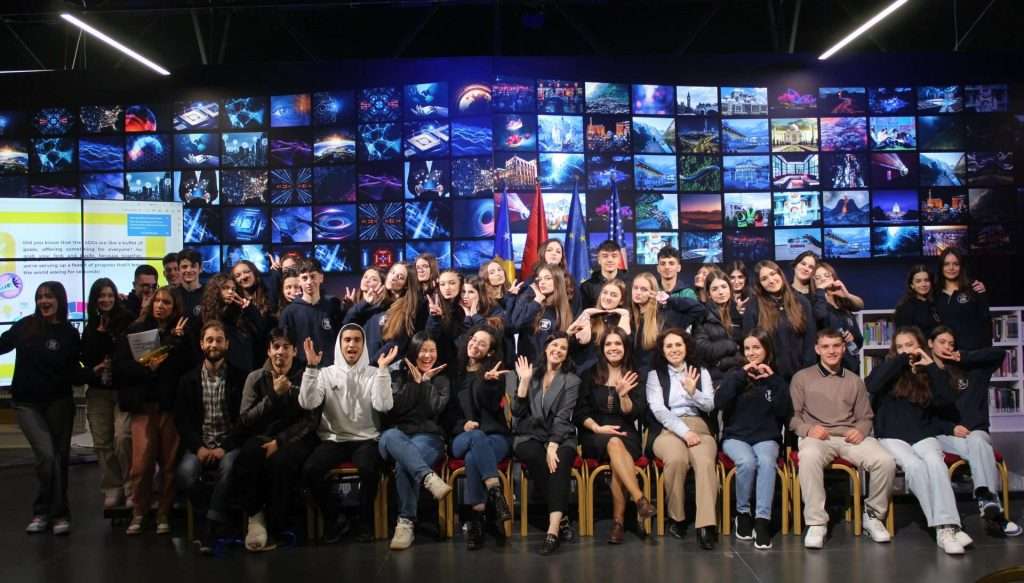
The Peace Designer Training wishes to show you that with dedication, by making efforts and with a little help, you have the potential to change yourself, your environment and step-by-step the world itself.
To prepare its participants for taking responsibility on all three levels of sustainable peace (individual, community, environmental), to make conscious decisions and to motivate others to feel that they have the power to make the world a better place. This is our blueprint to becoming the change we want to see.
Our peace perspective is a more philosophical approach that helps us understand some basic motivational requirements for working towards peace. This is the foundation for all Peace Projects created during the Peace Designer Training.
The word “peace” can often become a mere phrase or an empty concept if one uses it superficially. Without going deeper, the word may be exhausted quickly and overused to the point that it loses all its impact and power.
Peace Is Not the Absence of War
Your first association with the word ‘peace’ is probably a state of no armed conflict, but this hardly covers the concept.
The UN-endorsed progress study titled The Missing Peace and conducted in 2018, asked 4230 young people from 153 countries all over the world to define peace. Results showed that most young people define peace beyond the absence of violence. General ideas revolve around addressing “the underlying causes of corruption, inequality and injustice that underpin violent conflict, as well as the immediate triggers of violence”.
The young people interviewed also recognized that conflict is an inherent part of society and should not be avoided. In fact, non-violent conflict can provoke constructive discussion and become an important driver of social change and consensus-building in society. Overall, the young people agreed that a peaceful society is built upon peaceful dialogue and constructive conflict management.
Peace starts with me. Change starts with me.
Peace isn't something only I get to enjoy by myself.
If we want to achieve peace, it is vital to be able to connect to people in our surroundings and put effort into empathizing and understanding them better. This is also a test of motivation. If we want to become authentic people, we need to be clear about our motivations, but if we want to change the world for the better, we need to be able to see the needs of the whole and put selfish motivations aside.
What does sustainability mean?
In 1987, the United Nations Brundtland Commission defined sustainability as “meeting the needs of the present without compromising the ability of future generations to meet their own needs.”
When it comes to creating a feasible future for the next generations, sustainable solutions are required across all industries. However, it is important to understand and address the root issues involved with sustainability to fully tackle the problem.
Design thinking is a problem-solving and innovation approach that focuses on understanding and addressing the needs and desires of users or in case of businesses, the customers. It is a human-centered methodology that encourages a creative and iterative process to generate innovative solutions. The concept of design thinking has been popularized by design consultancy firms like IDEO and Stanford University’s d.school.
Identify the problem statement/question
Overcome cognitive fixedness and devise new and innovative ideas
Prototype, test, experiment
When the entire process comes together